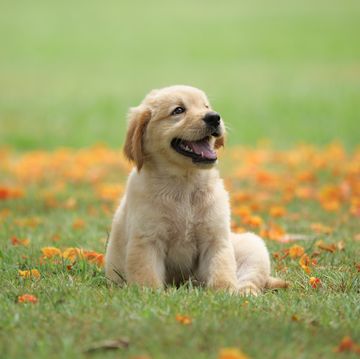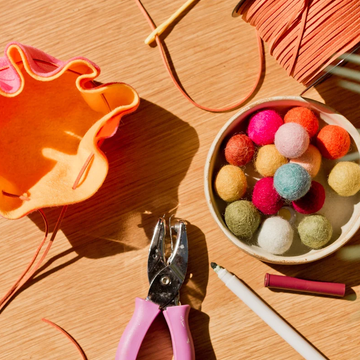8 Plants That Are Secretly Toxic to Pets
Both dogs and cats need to stay clear of these dangerous plants.

I’m a little bit obsessed with plants. Anyone who has seen me caring for the trusty pothos I keep at my desk can confirm that I love having houseplants around, even if I'm not at home! But as much as I love plants, and as great as they are for your mental health, it’s unfortunately true that some plants are not safe to have around pets.
These seemingly harmless plants aren’t dangerous to people because we know not to eat them. But curious pets like to explore with their mouths, and a surprising number of plants can induce sickness like liver failure in both cats and dogs. Even just a nibble of some of these plants can have serious consequences for furry friends. So if you’re a plant lover like me, or you’re just looking to add a touch of green to your home, look out for these plants that are toxic to pets.
If you believe your pet has eaten something dangerous, contact your veterinarian or the ASPCA Poison Control's 24-hour emergency poison hotline at (888) 426-4435 (a consultation fee may apply).
Sarah Vincent (she/her) covers the latest and greatest in books and all things pets for Good Housekeeping. She double majored in Creative Writing and Criminal Justice at Loyola University Chicago, where she sat in the front row for every basketball game. In her spare time, she loves cooking, crafting, studying Japanese, and, of course, reading.

Readers Also Read

16 Foods You Should Never Feed Your Dog

How to Grow and Care for Orchids

25 Hard-to-Kill Houseplants for Every Room

The 35 Cutest Dog Breeds















